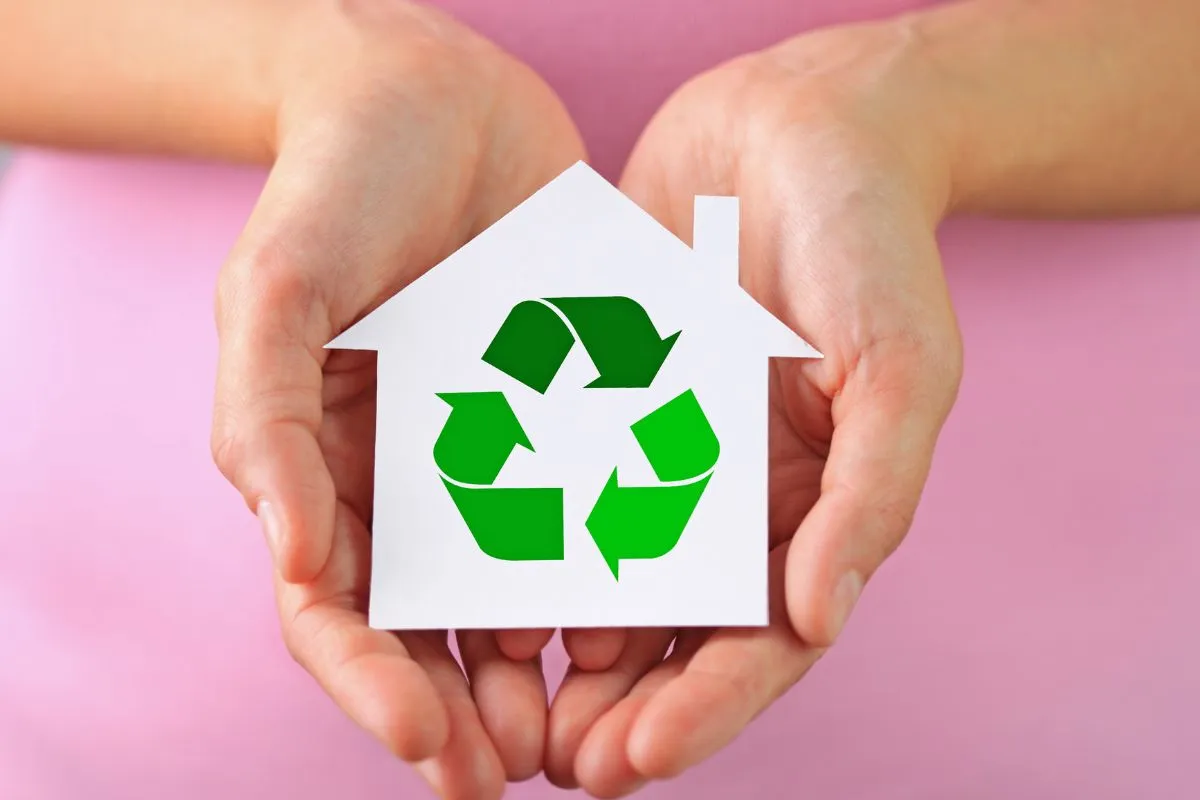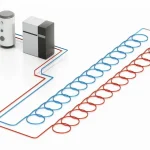Eco-friendly Home Foundations: Building a Sustainable Future
In the pursuit of sustainability, constructing eco-friendly homes has become a priority for many homeowners, builders, and architects. One critical aspect of this endeavor is selecting the right foundation. This article will explore various eco-friendly foundation options, their benefits, and considerations for those looking to build a new home sustainably. We will also discuss the materials and techniques that contribute to sustainable building practices.
Understanding Eco-friendly Foundations
An eco-friendly foundation is designed to minimize environmental impact while providing a stable base for your home. These foundations not only reduce resource consumption but also enhance the energy efficiency of the entire structure. When selecting a foundation, it is essential to consider both the environmental impact and the practical implications for your new home.
Benefits of Eco-friendly Foundations
- Sustainability: Eco-friendly foundations utilize sustainable materials, reducing the carbon footprint associated with traditional building practices.
- Energy Efficiency: Many eco-friendly foundations help maintain temperature control, leading to lower energy bills.
- Durability: Sustainable materials often offer greater durability, resulting in reduced maintenance and repair costs over time.
- Environmental Protection: By employing methods that protect the surrounding environment, these foundations contribute to the overall health of the ecosystem.
- Improved Air Quality: Eco-friendly foundations often incorporate materials that minimize volatile organic compounds (VOCs), leading to better indoor air quality.
Table 1: Comparison of Eco-friendly Foundation Types
| Foundation Type | Sustainability Features | Cost Range | Maintenance Level |
|---|---|---|---|
| Pier and Beam | Less concrete use, good ventilation | Moderate | Low |
| Concrete Slab (Recycled) | Uses recycled materials, thermal mass benefits | Moderate to High | Medium |
| Rammed Earth | Local materials, excellent thermal mass | Moderate | Low |
| Straw Bale | Renewable insulation, minimal processing | Low to Moderate | Medium |
| Green Footing | Preserves natural landscape, integrates with vegetation | Varies | Low to Medium |
Types of Eco-friendly Foundations
Here are some popular eco-friendly foundation types that builders and homeowners can consider, along with their respective advantages and disadvantages.
1. Pier and Beam Foundations
Description: This foundation type uses concrete piers and wooden beams to elevate the home above the ground.
Eco-friendly Aspects:
- Reduces the amount of concrete used compared to a full slab foundation.
- Allows for natural ventilation under the house, reducing moisture buildup.
Advantages:
- Easy access for plumbing and electrical work.
- Greater flexibility in design and elevation adjustments.
Disadvantages:
- May require a higher initial cost for materials and labor.
- Vulnerable to pests if not properly maintained.
2. Concrete Slab Foundations with Recycled Materials
Description: A solid concrete slab poured directly onto the ground, often incorporating recycled aggregates.
Eco-friendly Aspects:
- Utilizing recycled concrete and other materials can minimize environmental impact.
- High thermal mass helps regulate indoor temperatures, reducing heating and cooling costs.
Advantages:
- Durable and low maintenance.
- Good for warmer climates where basements are unnecessary.
Disadvantages:
- Requires proper drainage to prevent water pooling.
- Less flexibility for future modifications.
3. Rammed Earth Foundations
Description: This technique involves compacting earth materials into forms to create a solid foundation.
Eco-friendly Aspects:
- Uses local materials, reducing transportation emissions.
- Excellent thermal mass properties lead to energy efficiency.
Advantages:
- Unique aesthetic that can blend well with natural surroundings.
- High resistance to fire and pests.
Disadvantages:
- Requires specialized skills and knowledge for proper construction.
- May not be suitable for all soil types.
4. Straw Bale Foundations
Description: A method that uses straw bales as insulation within the foundation walls.
Eco-friendly Aspects:
- Straw is a renewable resource, providing excellent insulation properties.
- Minimal processing is required, reducing energy consumption.
Advantages:
- Highly effective in energy conservation.
- Cost-effective and sustainable.
Disadvantages:
- Needs proper design to manage moisture effectively.
- Local availability of straw can vary.
5. Green Footing Foundations
Description: These foundations are designed to work with the natural landscape, minimizing excavation.
Eco-friendly Aspects:
- Preserves natural habitats and minimizes soil disruption.
- Can integrate with existing vegetation for better environmental synergy.
Advantages:
- Enhances the aesthetic appeal of the property.
- Low environmental impact and good drainage.
Disadvantages:
- Requires careful planning to avoid issues with drainage and erosion.
- May limit design options based on terrain.
Factors to Consider When Choosing an Eco-friendly Foundation
When selecting an eco-friendly foundation for your new home, consider the following factors:
1. Local Climate
Understanding the climate where you live is crucial for selecting the right foundation. Some methods may be more suitable for specific climates, such as those with high moisture levels or extreme temperatures. For example, rammed earth foundations are great for arid regions due to their thermal mass.
2. Soil Conditions
Conducting a soil analysis is essential to determine the best foundation type. Different soil types can affect stability and drainage. Clay soils may require deeper foundations, while sandy soils might be more suited for pier and beam options.
3. Building Codes and Regulations
Always check local building codes and regulations, as they may dictate certain foundation types or materials. Compliance is crucial to ensure safety and legality. Be sure to consult with local authorities or a knowledgeable contractor to navigate these regulations effectively.
4. Cost Implications
While eco-friendly foundations can offer long-term savings, initial costs may vary. It’s essential to consider the upfront investment versus long-term benefits. For instance, investing in a durable foundation might save money on repairs and energy costs in the future.
5. Future Expansion or Modifications
If you plan to expand or modify your home in the future, consider how your chosen foundation type will accommodate these changes. Flexibility in design and construction can save time and money if you decide to expand later on.
Best Practices for Eco-friendly Foundation Construction
To maximize the sustainability of your foundation, consider the following best practices:
1. Use Recycled Materials
Incorporating recycled materials not only reduces waste but also lowers the environmental impact of your construction project. Recycled aggregates and reclaimed wood are excellent choices for eco-friendly foundations.
2. Minimize Excavation
Whenever possible, minimize excavation to preserve the natural landscape and reduce soil erosion. Techniques such as green footings or pier and beam can help maintain the natural contours of the land.
3. Focus on Energy Efficiency
Select foundation materials that enhance energy efficiency. For example, incorporating insulation into the foundation walls can help maintain indoor temperatures and reduce energy consumption.
4. Plan for Water Management
Ensure proper drainage systems are in place to manage water runoff and prevent erosion. This is particularly crucial for slab foundations, where water pooling can cause structural issues.
5. Work with Professionals
Partner with builders and architects who specialize in eco-friendly construction. Their expertise can help guide you in selecting the right materials and techniques for your project.
Conclusion
Choosing an eco-friendly foundation is a significant step towards building a sustainable future. By considering options like pier and beam, rammed earth, or green footing foundations, you can create a home that meets your needs while respecting the environment. As the demand for sustainable building practices continues to grow, embracing eco-friendly foundations is not just an investment in your home but also a contribution to the planet’s well-being.
Building eco-friendly foundations requires careful planning, consideration of materials, and a commitment to sustainability. By following the guidelines and recommendations outlined in this article, homeowners and builders can create structures that are not only functional and beautiful but also harmonious with the environment.
Are you ready to start your journey toward a sustainable home? Consider the eco-friendly foundation options discussed here and consult with professionals who can help bring your vision to life. Together, we can build a greener future!





